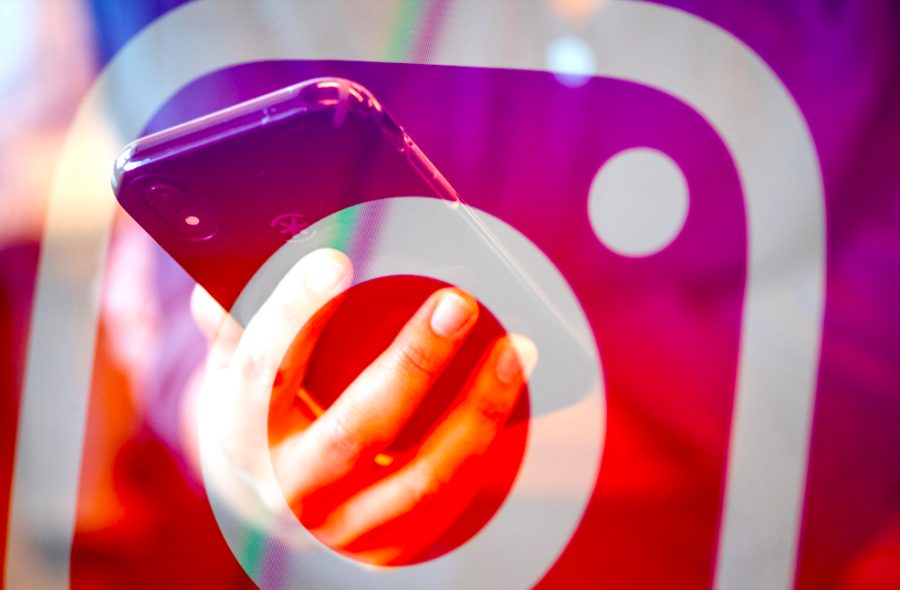Instagram and Its Negative Effects
Anyone who has Instagram knows that it is not always the most uplifting app to be on. Scrolling through the Instagram feed can not only give someone FOMO, but it can also cause them to draw comparisons between themselves and the people they follow. I never realized how many teenagers were also affected by this until it was shown by recent studies, such as one conducted by the Wall Street Journal, that, “thirty-two percent of teen girls said that when they felt bad about their bodies, Instagram made them feel worse.” With Instagram having a whopping 22 million teenage users, there is a substantial group of people on the receiving end of these negative impacts. However, not all teens see Instagram’s impact as negative. Many fall somewhere in the middle on the opinion spectrum; some are not entirely affected by this new negativity, but also not necessarily feeling the best when using the app.
When Instagram was launched in 2010, its purpose was never to make anyone feel poorly, in fact, it was almost exactly the opposite. When the app was first created, it’s sole goal was to express the love of photography of Instagram’s owner, Kevin Systrom. He just wanted everyone to be able to easily share pictures they liked, although it is clear that this is no longer the purpose of Instagram. In 2018, Systrom left Instagram out of disdain for what the app had become after realizing its harm and no longer wanting to be associated with it. The app digressed from this fun and harmless way to share pictures to something that caused thousands of teenage girls to have self-image issues.
Similar to many other teens, I feel that I fall in the middle of this issue. While I don’t think that casually scrolling through pictures has had negative effects on my mental health, I do understand where the 32% of teens girls who suffer from self-esteem issues are coming from. Occasionally clicking on stories or scrolling through posts doesn’t directly affect me each day but there are times when I feel the negative impacts. Although I know that everything is not shown through social media, when I see people posting from parties and hangouts with their friends, it triggers my brain to compare their lives to mine. Regardless of if these people are having other issues in their lives that they don’t show, myself and all of their followers only see the good. I find it helpful to try and recognize the difference between casual scrolling and making these unhealthy comparisons. Limiting yourself to a certain amount of time per day can be a helpful way to avoid the mental stress that Instagram may cause. If people try to focus more on sharing their fun pictures and less on comparing them, the negative effects could slowly recede.
To give Instagram some credit, there are a couple of things the platform has done to try and solve this issue. One feature that I think is extremely beneficial to all Instagram users is the “hide like count” button. This feature makes it possible for users to post pictures of their lives without them or their followers seeing how many likes it has received. The amount of likes a picture gets can often determine the way someone feels about it. When a picture you really liked doesn’t receive the same reaction from your followers, it can create upset feelings. Now with the hide-like feature, these numbers are no longer a defining feature of the app, and users are able to post whatever they would like without feeling the pressures of the like button.
If Instagram continues to make changes like this, the negative mental health consequences associated with the app will hopefully fade. In addition to Instagram making changes, individuals need to start to recognize how little likes counts, follows, and comments mean in the real world. A change in mentality can help Instagram from affecting everyone’s lives.

As a sophomore, this is Dylan’s first year writing for The Banner. She is extremely excited to begin writing articles featured in both the opinion section...


